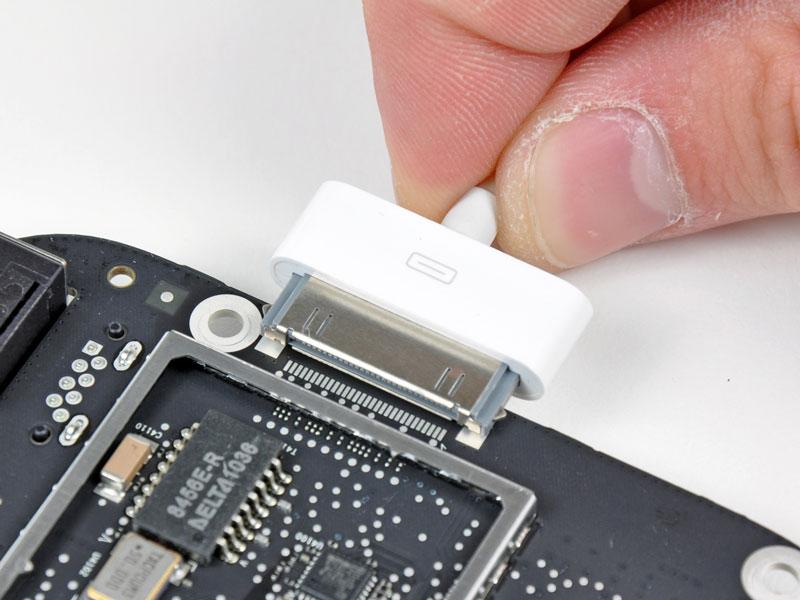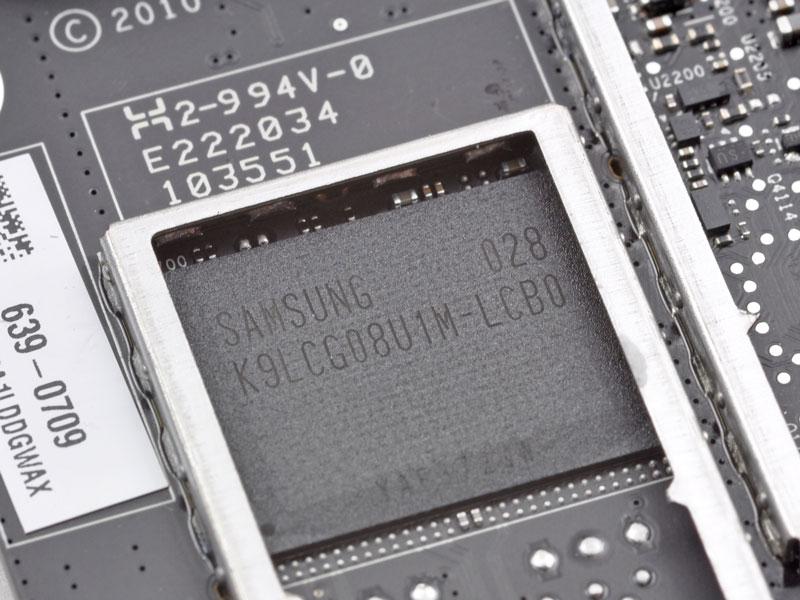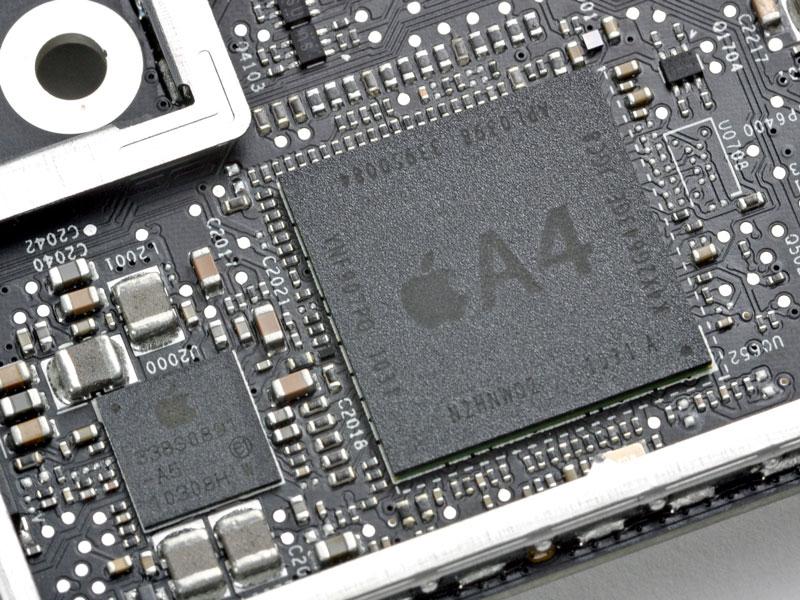Apple TV teardown finds 8GB of storage, 256MB of RAM
iFixit wasted no time digging inside Apple's set top box upgrade Wednesday, and offers a peek inside the hardware, which is a quarter the size of its predecessor. Inside, they found its limited storage capacity, much smaller than its predecessor due to the streaming-centric nature of the new Apple TV.
The new Apple TV uses a Samsung K9LCG08U1M 8GB NAND Flash chip, which is the same part found during the site's iPad teardown. The memory is likely used to cache content that is being streamed.
"This is a pretty remarkable amount of storage for a $99 device," the solutions provider wrote.
Interestingly, logic board on the hardware shows solder pads that would fit an iPod 30-pin dock connector, perhaps implying what could come in future versions of the hardware.
"This Apple TV seems to be a couple of connectors shy of a full-on computer," they wrote. "Perhaps this logic board will be used in future iPads?"
Other findings from the teardown:
- The A4 processor is marked K4X2G643GE, which is identical to the processor found in the first-generation iPad and fourth-generation iPod touch. The iPhone 4, however, has a different chip with 512MB of onboard RAM.
- The internal Wi-Fi board is from Panasonic, which might be the first time the company has supplied a Wi-Fi board for an Apple device. Panasonic is, however, usually responsible for optical drives in the Mac maker's notebooks.
- The Wi-Fi/Bluetooth chip is the same part found inside the iPad: BCM4329XKUBG 802.11n. It also includes an FM radio, which is not used by the device.
- iFixit graded the new Apple TV with a score of 8 out of possible 10 for ease of repairability. The one mark against it is that the electronics are housed on one singular board.
 Katie Marsal
Katie Marsal
















 Amber Neely
Amber Neely
 Thomas Sibilly
Thomas Sibilly
 AppleInsider Staff
AppleInsider Staff
 William Gallagher
William Gallagher
 Malcolm Owen
Malcolm Owen
 Christine McKee
Christine McKee









61 Comments
Is the bluetooth enabled?
Edit: And apps are coming, either through jailbreak or an official app store. I can't wait to see what the developers come up with.
8 gigs of onboard memory would seem to put to rest the idea that even a jail broken Apple TV would have nowhere to put any additional stuff.
Now, here's the question-- Apple obviously didn't design the thing to accommodate jail breakers, so what's all that memory for, in a streaming only device? Seems like total overkill for buffering, and we know the iOS footprint is minimal.
So what?
Just a correction - Apple A4 Part Number Marking is 339S0084.K4X2G643GE is designation of Samsung DRAM die inside A4 module.
8 gigs of onboard memory would seem to put to rest the idea that even a jail broken Apple TV would have nowhere to put any additional stuff.
Now, here's the question-- Apple obviously didn't design the thing to accommodate jail breakers, so what's all that memory for, in a streaming only device? Seems like total overkill for buffering, and we know the iOS footprint is minimal.
So what?
it takes into account that quality of the videos will improve in the lifecycle of the device : 2-3 years.
8GB is what you would need to stream 1080p.
8 gigs of onboard memory would seem to put to rest the idea that even a jail broken Apple TV would have nowhere to put any additional stuff.
Now, here's the question-- Apple obviously didn't design the thing to accommodate jail breakers, so what's all that memory for, in a streaming only device? Seems like total overkill for buffering, and we know the iOS footprint is minimal.
So what?
Is it really excessive? HD video creates large files and I'd assume there is some ability to fast forward and fast reverse in your rented movie or TV show.